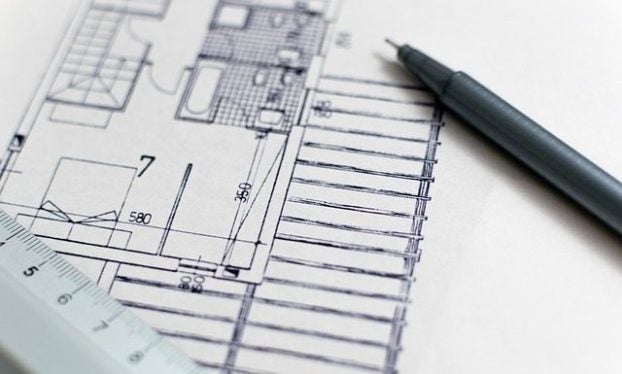Real estate tax increase proposed in Prince Edward
Published 9:53 pm Tuesday, March 22, 2016
County supervisors in Prince Edward are considering a recommended 2-cent increase in real estate taxes to balance the fiscal year 2016-17 budget.
The recommendation came to supervisors during their Tuesday meeting when they got a first look at County Administrator Wade Bartlett’s proposed $51.2 million budget.
“For FY17, after deducting the transfers between funds and including the preliminary school budget of $24,570,003, the budget for all funds is $42,232,277,” Bartlett said in an introductory letter to supervisors. “The budget is balanced but requires an increase in the real estate tax by 2 cents. This would be a four percent tax increase and is projected to increase revenues by $292,559 as compared to the FY16 budgeted amount.”
The 2-cent increase would bring the real estate tax rate to 51 cents per $100 of assessed value from the current 49 cents.
“The dominant factor in developing the FY17 budget was how to solve a beginning budget deficit of more than $1 million in the general fund,” Bartlett stated. “As we all will recall, the current budget was balanced by the use of $1,031,352 from the general fund balance.”
In a presentation, he listed several budgetary challenges, including the school board’s request for an additional $1.6 million in funding, continued costs associated with the
Piedmont Regional Jail of $1.2 million, increasing maintenance costs at the courthouse, capital expenditures, increasing Child Services Act (CSA) expenses and increasing juvenile detention expenses.
According to Bartlett, the sluggish economy and state cuts have caused the county to make reductions in the last few years, including realigning county positions, eliminating a custodial contract and reducing the hours of solid waste convenience centers.
“Based on guidance from the board, I strove to eliminate the use of reserves while, at the same time, limiting any increase in tax rates. With very few exceptions, all expenses have been held at level funding or decreased. This includes the schools, charitable donations and county departments,” Bartlett stated.
According to Bartlett, the two-cent increase to 51 cents per $100 of assessed value represents an “equalized rate from the reassessment.”
Bartlett is recommending that $8 million in local tax dollars be provided to the county’s school division, $35,784 less than what was used in FY15. “This closely aligns to the actual amount used by the schools in FY15 when the actual amount used was $8,035,784 … The school has informed the board of supervisors (that) the ADM (average daily membership) used to create the 2016-17 school year budget was 1,990. Thus, based on the school’s projected ADM, the $8 million will provide $4,020 in local funding per pupil, an increase of 1.8 percent.”
“They, the schools bought, as you will recall … two school buses out of that $8 million,” Bartlett said. “So, they had enough flexibility … that they could do that with that slightly over $8 million.”
“And they gave money back, about $80,000,” Buffalo District Supervisor and Finance Committee Chairman C.R. “Bob” Timmons said.
For the current fiscal year, according to this presentation, supervisors adopted a local budget of $8,317,182 — a $317,182 difference compared to the FY17 proposed budget, or 3.8 decrease.
According to his presentation, total school funding would increase by .09 percent, or $232,577. The FY16 adopted school budget was $24,337,126, the recommended FY17 budget is for $24,570,003.
“So, while the dollar amount is decreasing, the amount per pupil is increasing,” Bartlett said.
In his recommended budget, Bartlett is proposing that spending on a majority of outside agencies, such as the Heart of Virginia Free Clinic and Habitat for Humanity, be reduced by 20 percent.
The budget’s inclusion of increased use of inmate labor, reductions to outside agencies and aligning school funding to match its ADM were “specifically requested during the board’s strategic planning session,” Bartlett said.
He stated that the state and local economies are improving, “but at a very slow rate. The unemployment rate for Prince Edward County, at the end of January 2016, was 6 percent as compared to 7.1 percent in January 2015.”





